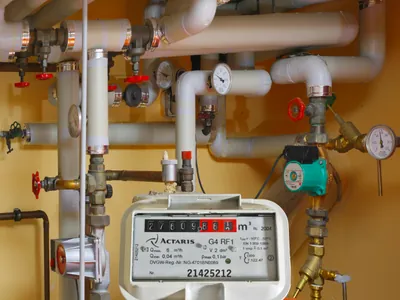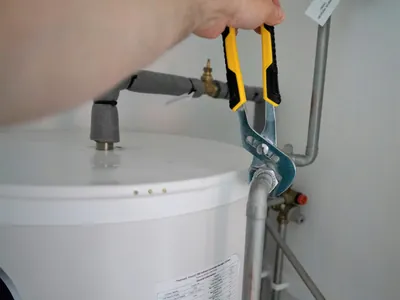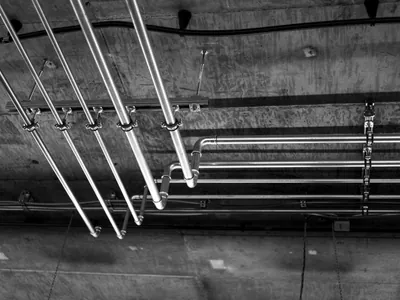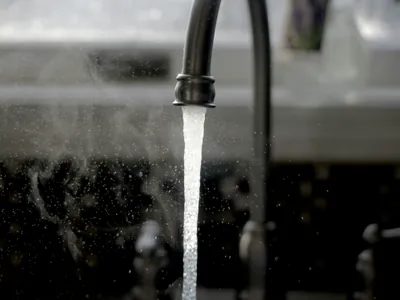Preventing Frozen Pipes: A Complete Winter Guide

Winter's freezing temperatures can wreak havoc on your plumbing system, causing pipes to freeze, burst, and create costly water damage. Learn how to protect your home's plumbing and prevent frozen pipe disasters this winter season.
❄️ Understanding Frozen Pipes
When water freezes inside pipes, it expands and can cause significant damage to your plumbing system.
🏡 Preparing Your Home for Winter
Take these preventive measures before cold weather arrives to protect your plumbing.
🔍 Locate Shutoff Valves
Know where your main water shutoff and individual fixture shutoffs are located
🪟 Seal Gaps
Seal cracks around windows, doors, and pipes where cold air can enter
💨 Insulate Pipes
Insulate exposed pipes in basements, garages, and exterior walls
🔥 Keep Heat Circulating
Maintain consistent indoor temperatures, especially in unused rooms
🛠️ Insulation Solutions
Proper insulation is your best defense against frozen pipes.
Pipes that freeze are typically located in unheated or poorly insulated areas like basements, attics, garages, and exterior walls.
Insulation Materials
- Foam pipe insulation sleeves (most effective)
- Heat tape or heating cables for exposed pipes
- Electrical outlet covers for exterior walls
- Weatherstripping around doors and windows
- Insulation blankets for water heaters
🌡️ Maintaining Indoor Temperatures
Keep your home warm enough to prevent pipe freezing, but do so efficiently.
🌡️ Minimum Temperatures
Keep indoor temperatures above 55°F (13°C) even when away
🏠 Room-by-Room
Don't let unused rooms get too cold—circulate heat throughout
🚪 Cabinet Doors
Keep kitchen and bathroom cabinet doors open to allow warm air circulation
🚨 Signs of Frozen Pipes
Recognize these warning signs and act quickly to minimize damage.
🔧 Thawing Frozen Pipes Safely
If pipes do freeze, thaw them carefully to avoid further damage.
Safe Thawing Methods
- Start with the faucet closest to the frozen area
- Use warm (not hot) water to gradually thaw
- Apply heat tape or heating pad to affected area
- Never use open flames or excessive heat
- Thaw in sections from faucet toward the frozen area
What NOT to Do
- Don't use blowtorches or open flames
- Don't apply extreme heat that could damage pipes
- Don't try to thaw if you're unsure of the pipe location
- Don't ignore signs of potential bursting
🏠 Long-Term Prevention Strategies
Make these permanent improvements to prevent future frozen pipe issues.
🏢 Professional Assessment
Have a plumber inspect your system for vulnerabilities
💧 Heated Water Lines
Consider installing heat tape on problem areas
🏠 Insulation Upgrades
Improve overall home insulation to maintain consistent temperatures
💰 Cost of Frozen Pipes
Prevention is far less expensive than dealing with frozen pipe damage.
Don't wait for frozen pipes to damage your home—prepare now with professional plumbing assessment and winterization services from The Box Advantage Group.


